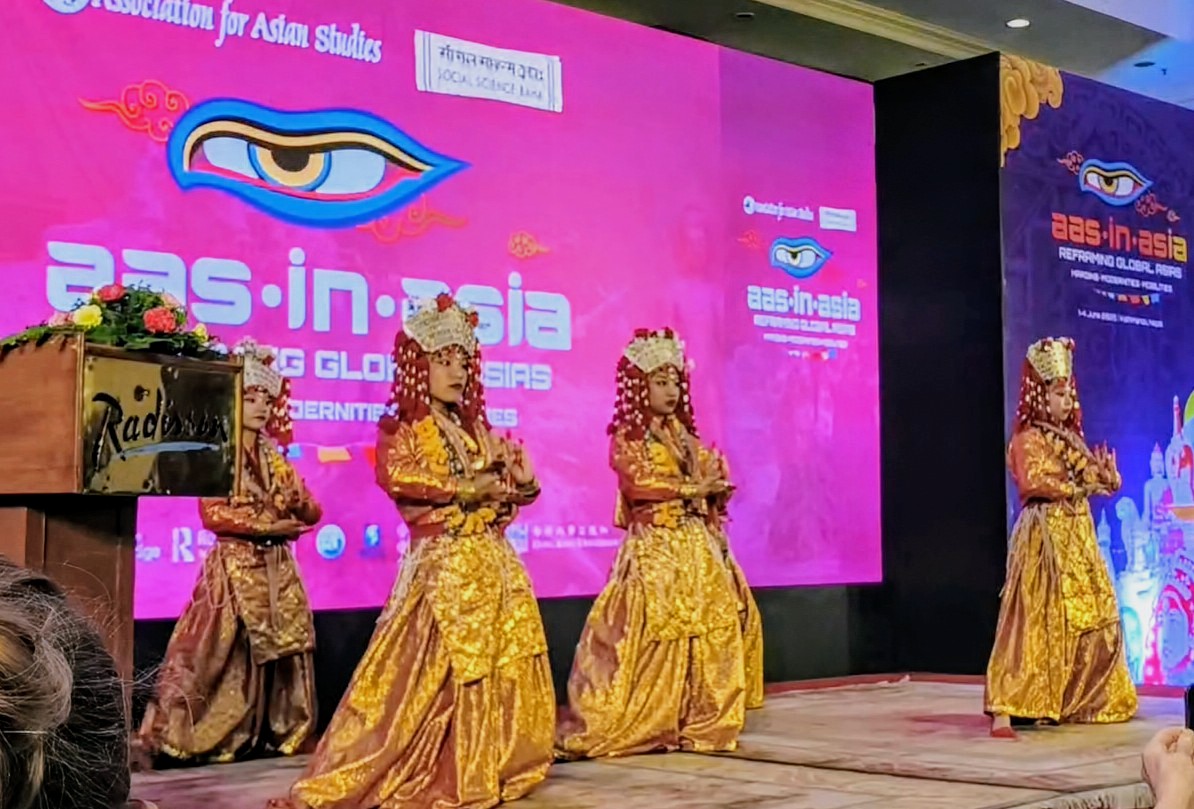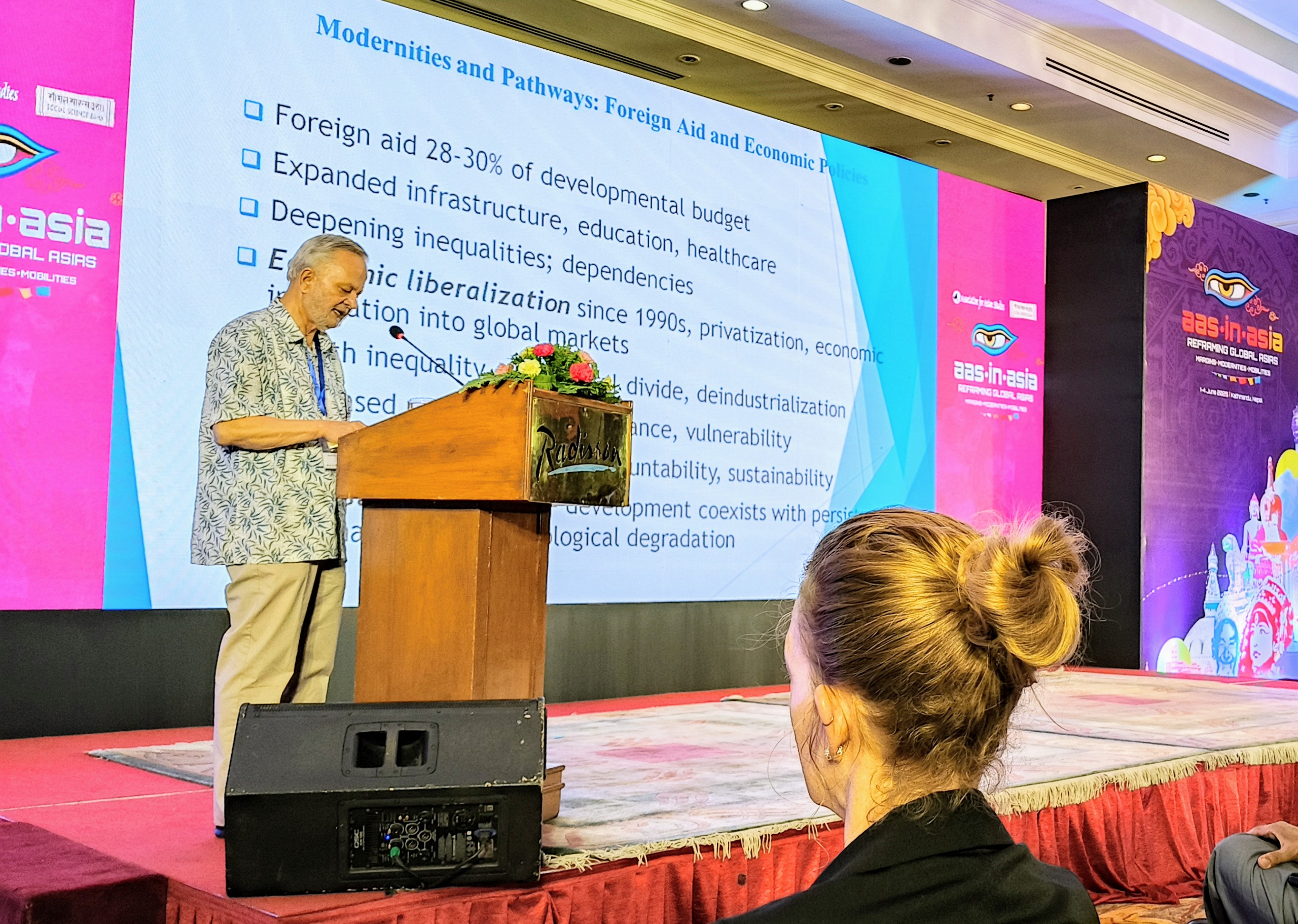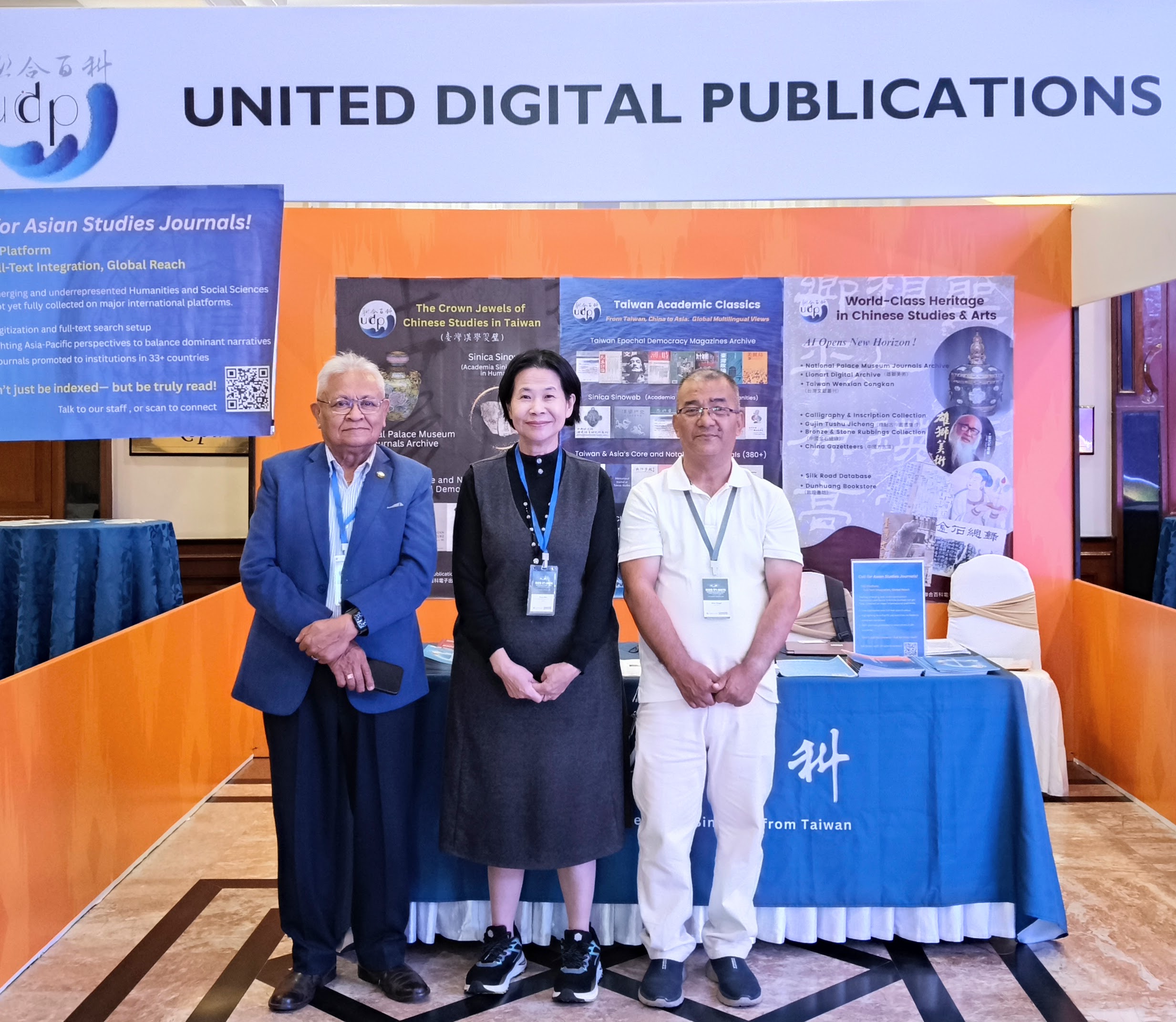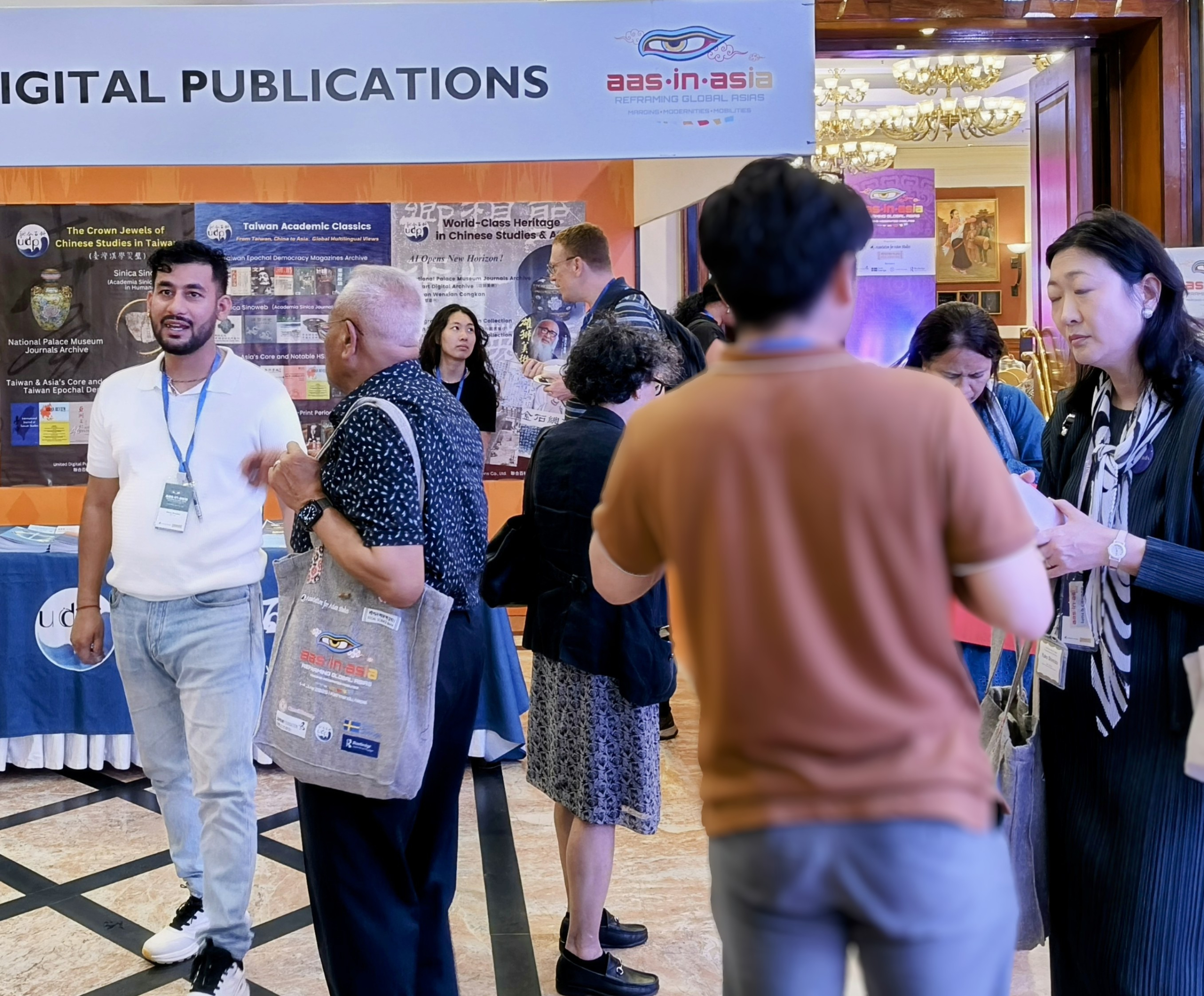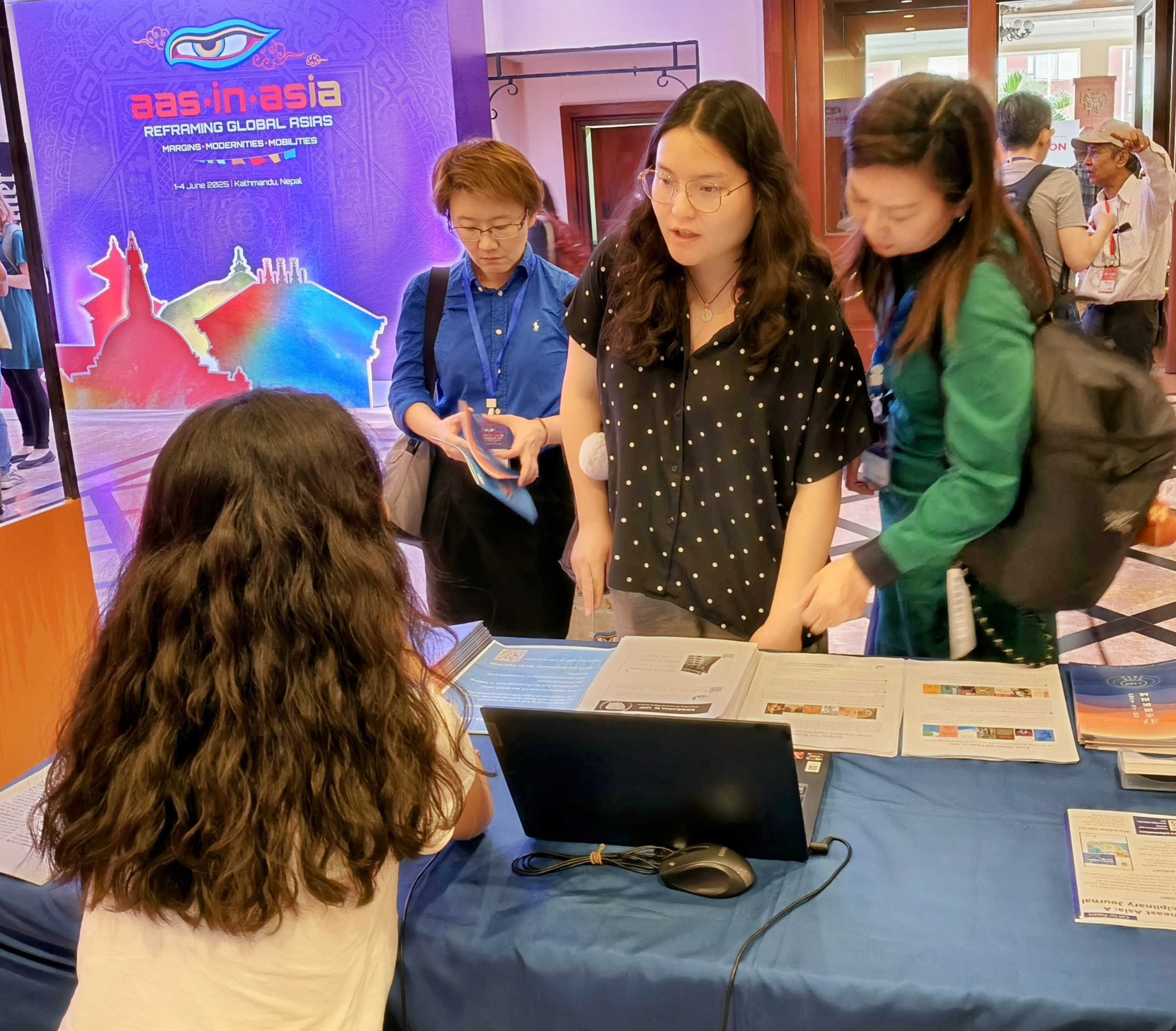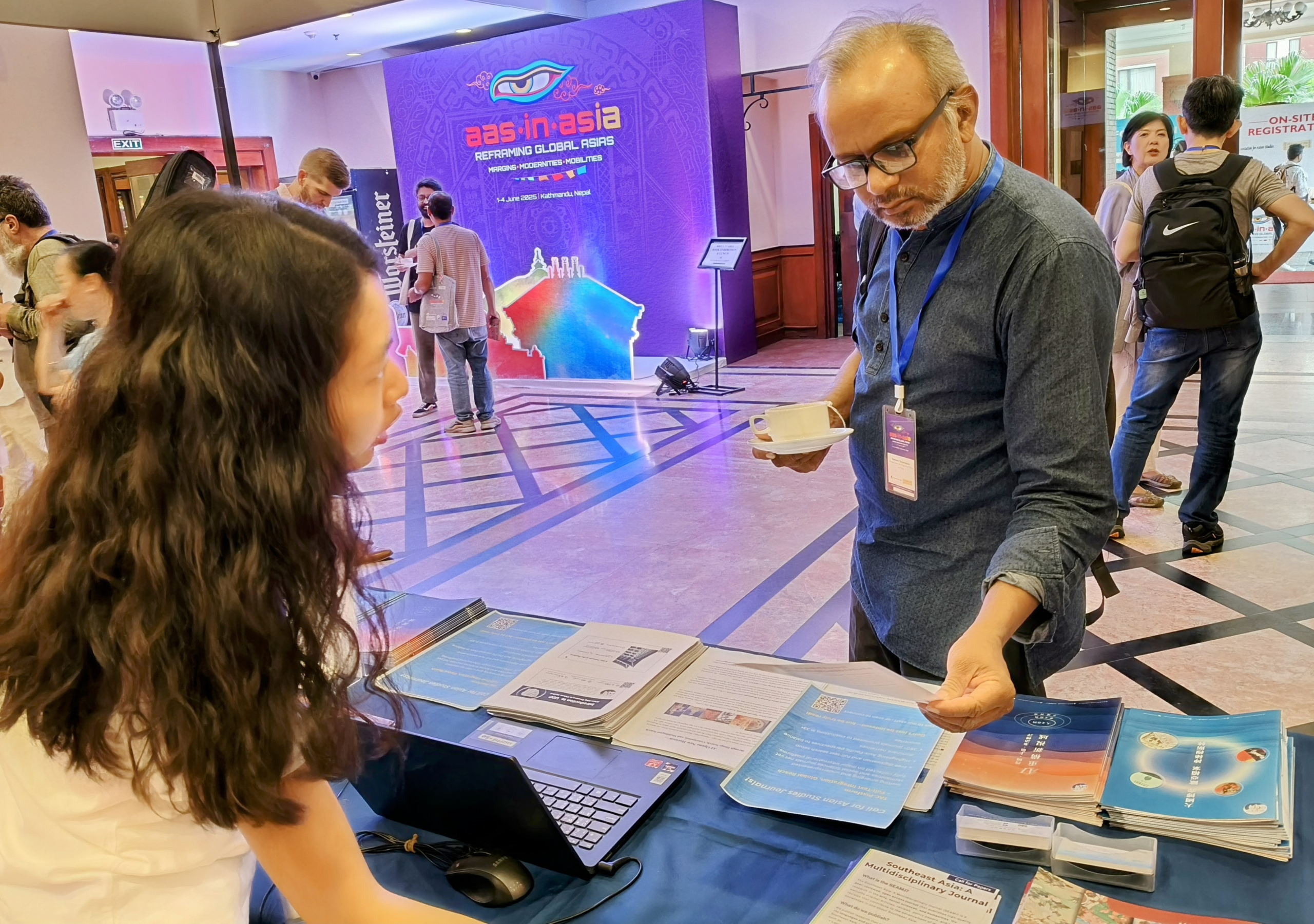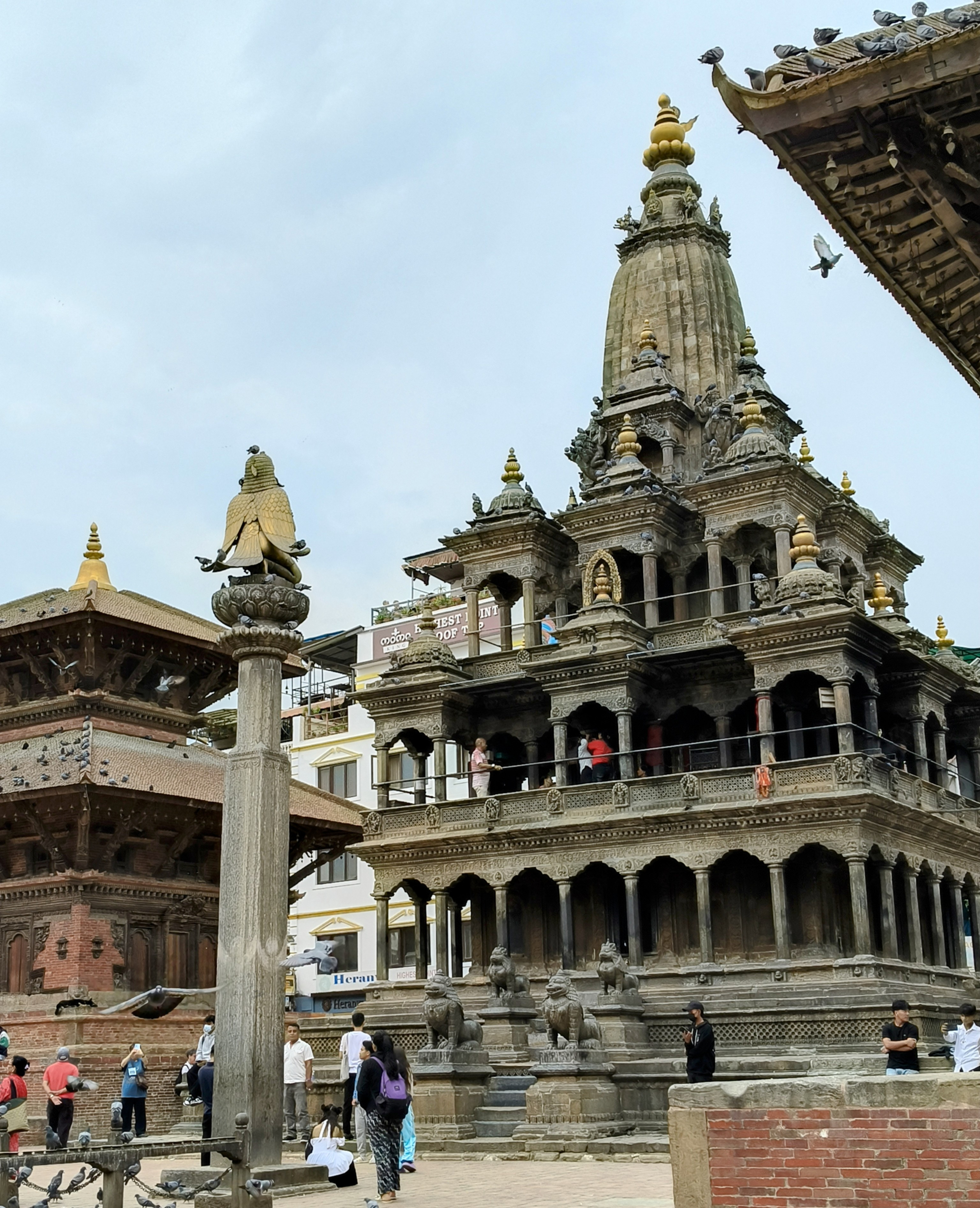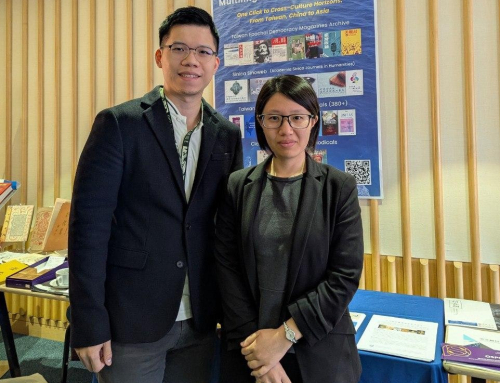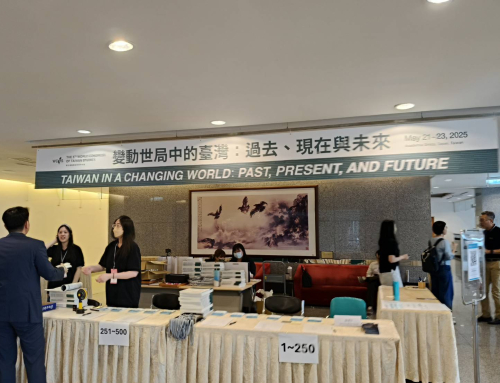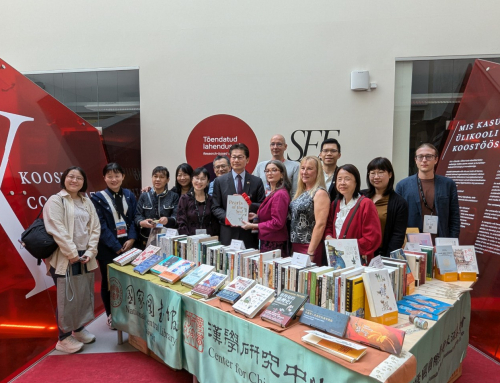UDP’s Mission: Sourcing Emerging Asian Journals
Held June 1–4 in Kathmandu, the 2025 AAS-in-Asia Conference brought together over 1,400 scholars from 50 countries. UDP, one of the few exhibitors from Asia, attended to invite underrepresented Humanities and Social Science journals to the Taiwan Academic Classics (TAC) platform. More than 30 universities and research institutions approached UDP to discuss potential collaboration.
AAS-in-Asia: Global Dialogue from Local Perspectives
Since 2014, AAS-in-Asia has emphasized “Asian voices within global conversations,” and this year’s theme—Reframing Global Asias: Margins, Modernities, Mobilities—resonated strongly with Nepal’s unique geopolitical position and cultural hybridity.
Cultural Hybridity and Nepal’s Grassroots Modernity
Long seen as a geopolitical buffer between India and China, Nepal is undergoing a complex democratic transition. Scholars noted that Nepal’s identity is shaped not by marginality, but by its dynamic cultural intersections—Tibetan-Chinese aesthetics, Hindu-Buddhist rituals, and the lived experiences of its millions of migrant workers abroad. These migrants return not just with remittances, but with hybrid ways of life that reshape the cityscape and challenge conventional models of modernity.
When AI Carries Cultural Bias
The conference also spotlighted how digital tools shape research. Scholars shared both the promise and risks of AI in the humanities. While AI models have improved in handling Asian languages, most are still trained on Western-centric corpora. This leads to systemic misinterpretation of Asian texts and images. When the tools of analysis carry cultural bias, the illusion of objectivity breaks down—calling for more inclusive, regionally sensitive technological development.
Kathmandu Dust vs. Silicon Valley Code
One core question emerged: Can Kathmandu’s dust ever weigh as much as Silicon Valley’s code in shaping knowledge? Many scholars stepped beyond the academic panels to explore local markets, earthquake-scarred stupas, and remote villages—realizing that meaningful dialogue with “Global Asia” begins with humility and attentiveness to local contexts.
Conference Highlights
Hosted by Social Science Baha, the conference featured 260 academic panels across fields such as history, politics, technology, and culture. Sessions were spread across four architecturally distinct venues, blending modernity with Nepali tradition. Midday meals offered rotating local cuisines, enriching participants’ cultural immersion alongside academic exchange.
(Report by: Lu Chang)
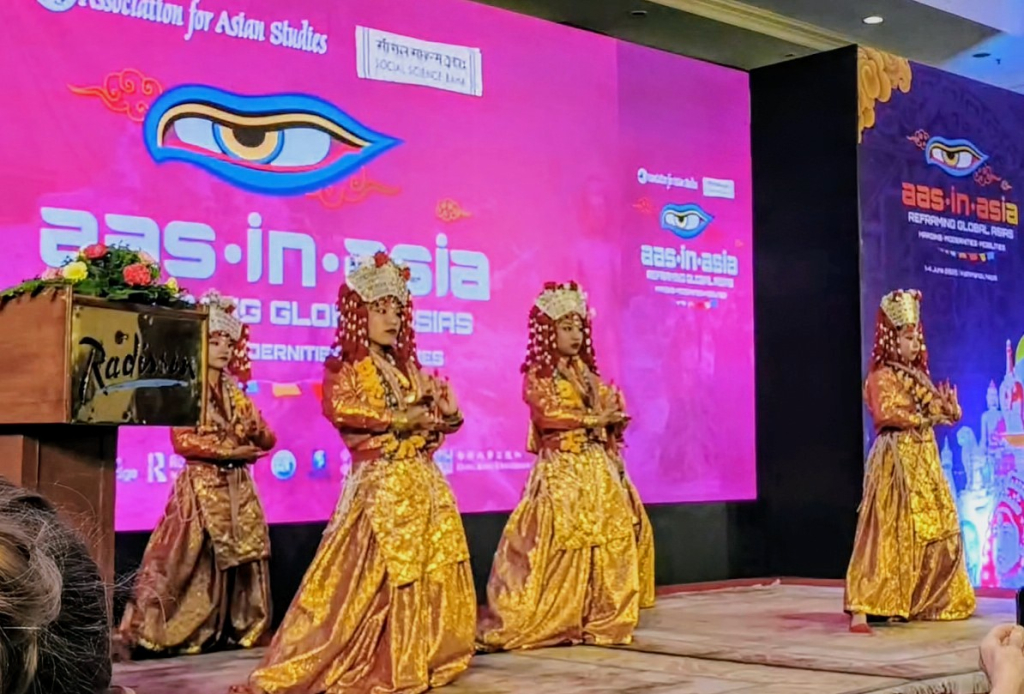
Vibrant traditional dance performance at the opening ceremony

Keynote speaker at the opening: Prof. Pitamber Sharma
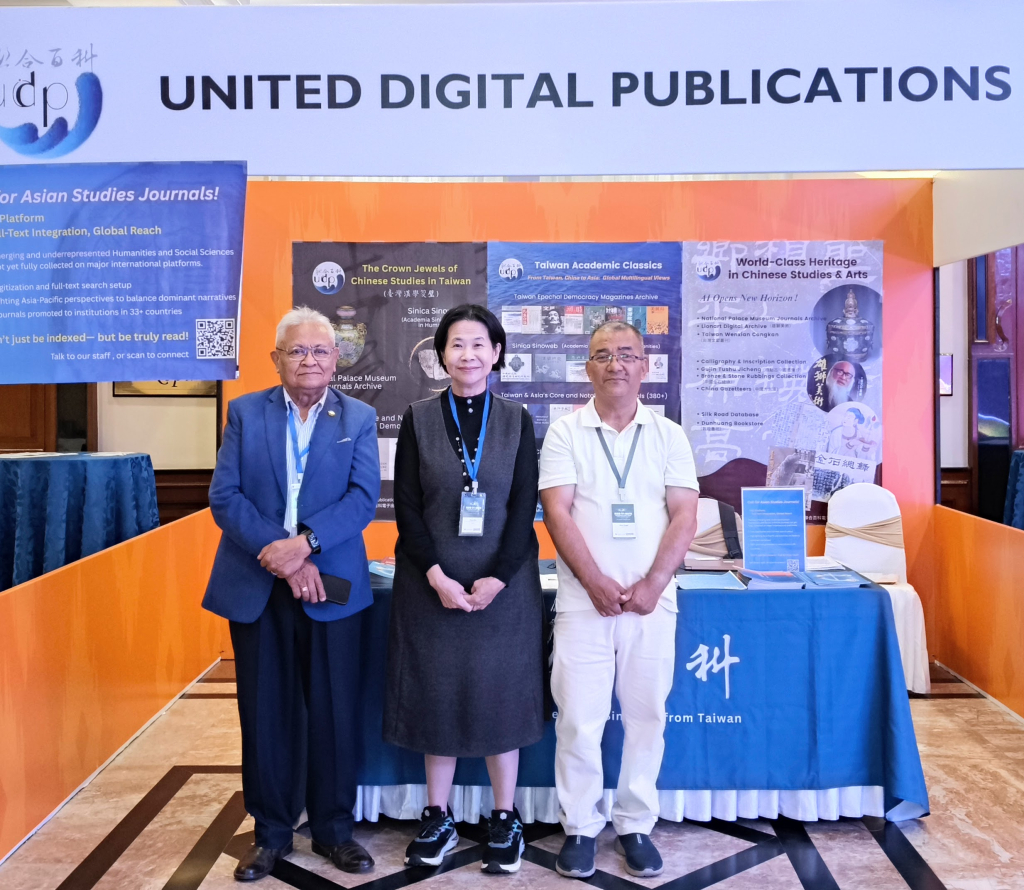
From left: Prof. Nirmal Man Tuladhar (Chair, Social Science Baha), Nancy Wuu (Editor-in-Chief, UDP), and Mr. Bidur Dangol (Owner, Vajra Books), in front of the UDP booth

